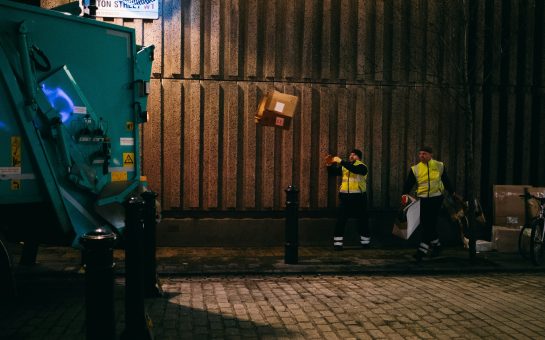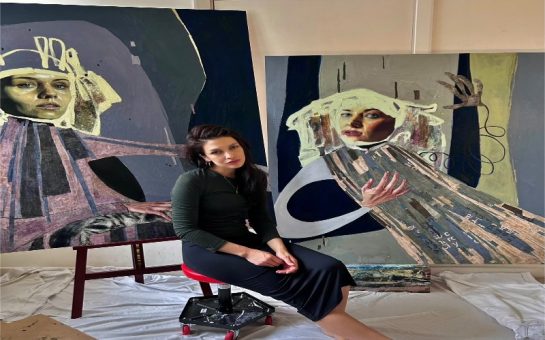The National Lottery Heritage Fund has awarded a grant for £3,231,900 to the Natural History Museum for it’s Urban Nature Project, which seeks to protect wildlife found in inner cities.
The grant will be used to fund education on UK wildlife, develop new technologies to protect urban wildlife and expand the Museum’s gardens into a model for urban nature across the UK.
Stuart McLeod, Regional Director for the Heritage Fund has a history of working in environmental education and described the project as a shared ambition.
He said: “We ask the projects we fund to do their upmost to think sustainably, support nature’s recovery and consider the future of our cultural and natural heritage.
“Thanks to National Lottery players, this iconic London institution will do exactly that while engaging a wider range of people with the incredible biodiversity on their doorsteps.”
The planned changes to the Museum’s gardens have already received permission by the borough and are expected to see completion by the summer of 2023.
The proposed changes aim to expand several of the habitats while providing visitors with more ways to learn about the natural world.
Sir David Attenborough voiced his support of the project last year, speaking positively of the project’s goal of bringing more children into loving nature.
He said: “Species that were a common sight in gardens across the country when I was young, such as hedgehogs, are rarely seen by children today.
“Nature isn’t just nice to have – it’s the linchpin of our very existence, and ventures like the Urban Nature Project help the next generation develop the strong connection with nature that is needed to protect it.”
The project aims to establish traineeships, internships and recruit volunteers from the borough, especially young people, with two new apprenticeships for GCSE level.
The Urban Nature Project seeks to reach 6,000 students yearly with opportunities for outdoor learning.
The grant will also fund the use of novel technologies for studying biodiversity, using DNA to track populations and acoustic monitoring which can study animal calls and birdsongs.
The Museum’s Executive Director of Engagement stressed the importance of investment in urban nature.
They added: “In urban areas especially, we urgently need to learn more about how to mitigate pressing environmental challenges such as climate change and biodiversity loss. By 2030, nine out of ten of us will live in urban areas, meaning nature is quite literally backed into a corner as concrete cities expand.”
Urban nature is recognised by experts as an important area of conservation, especially in population dense cities such as London.
Singapore’s Centre for Liveable Cities has claimed that the protected rainforests in its otherwise urban environment has benefited the economy, quality of life and resilience to extreme weather.
Other methods of greening cities that have been experimented with include the incorporation of greenery next to roads and on top of buildings.




